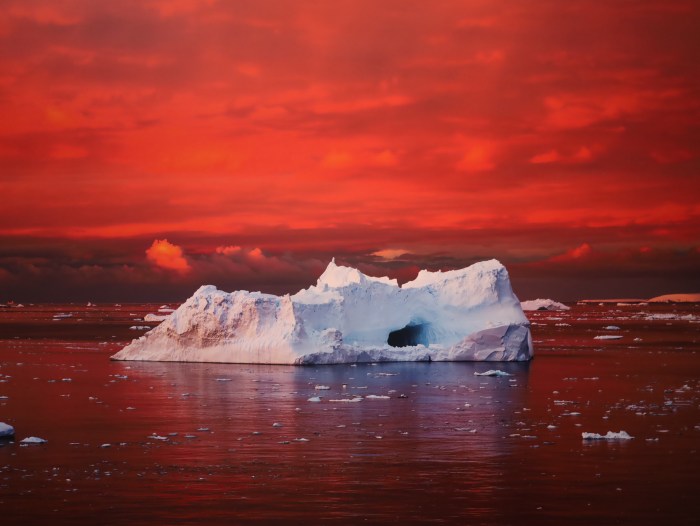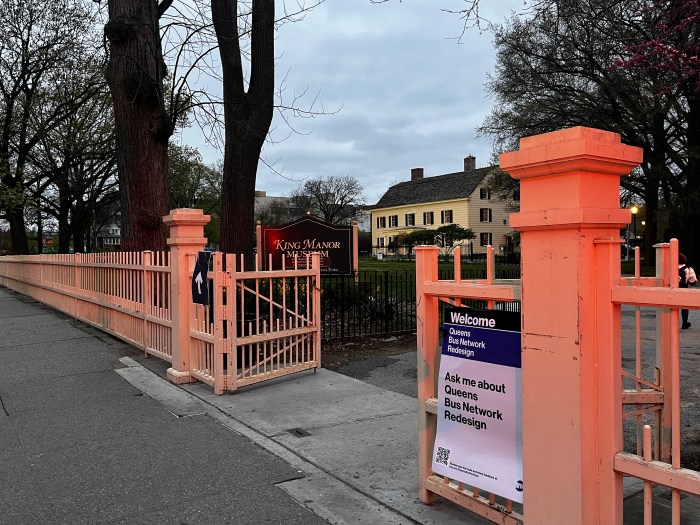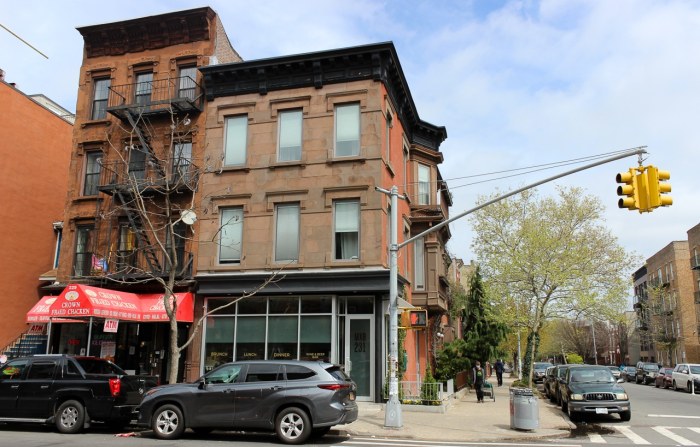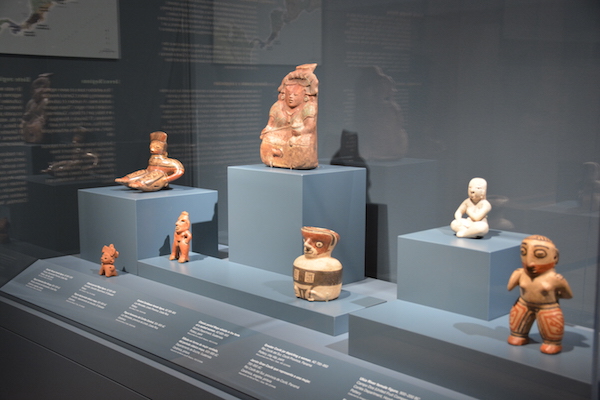
BY STEPHANIE BUHMANN | This bilingual (English/Spanish) exhibition illuminates Central America’s diverse and dynamic ancestral heritage and aims to shed light onto some of its vibrant civilizations. The ceramics, combined with recent archaeological discoveries, aid in telling the stories of these dynamic cultures, each with unique, sophisticated ways of life, value systems, achievements and art.
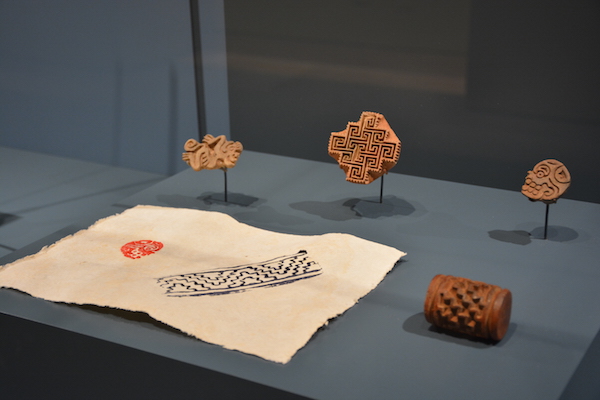
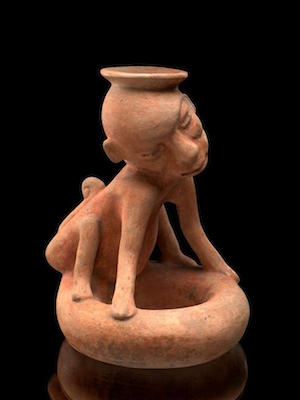
More specifically, “Cerámica de los Ancestros: Central America’s Past Revealed” examines seven regions representing distinct Central American cultural areas that are today part of Belize, Guatemala, Honduras, El Salvador, Nicaragua, Costa Rica and Panama. Spanning the period from 1000 BC to the present, the ceramics featured, were selected from the museum’s own collection and are augmented with significant examples of work in gold, jade, shell and stone.
This extraordinary show succeeds in reflecting on the complexity and dynamic qualities of the Central American civilizations that were connected to peoples in South America, Mesoamerica and the Caribbean through social and trade networks sharing knowledge, technology and artworks.
Free. Through January, 2017. At the National Museum of the American Indian’s George Gustav Heye Center (1 Bowling Green, at Broadway & State St.). Open daily, 10 a.m.–5 p.m. (open Thurs. until 8 p.m.). Call 212-514-3700 or visit nmai.si.edu.













